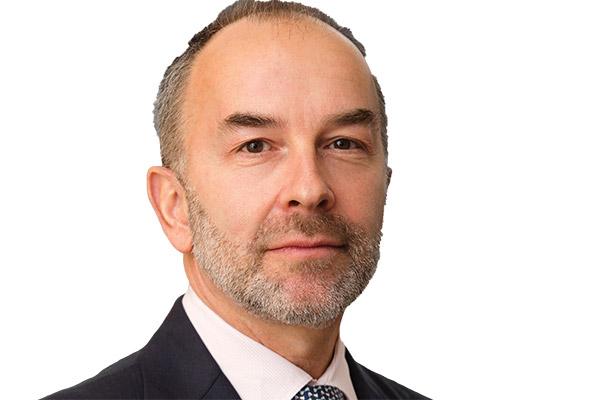The London contingent of Cleary Gottlieb Steen & Hamilton has recently moved across the road into premises so new they do not yet have a postcode recognised by Google Maps. The irony is not lost if you consider the firm’s role as counsel to Google on some of the most high-profile antitrust cases in recent years. You would have thought they would have had that detail covered.
Uncharted or otherwise, the shiny new office can only be seen as a vote of confidence from Manhattan, especially as it will allow the City branch to accommodate some 180 lawyers – 40 more than it currently houses. But despite an exceptional competition practice and a long-established European network, Cleary ’s struggle to become a big hitter in London for mainstream M&A has been evident.
Two recent mandates for London-led teams announced in February stood out as being the exceptions to the rule for the corporate team rather than the latest in a string of major deals. Cleary consolidated longstanding relationships and bolstered its public M&A ambitions by advising Fidessa group on the proposed £1.4bn takeover offer from fellow financial software company Temenos Group, as well as American Express on its joint venture’s £400m takeover of Hogg Robinson Group.
Simon Jay led the team that advised Fidessa, having forged a relationship with the company in 1997 when he advised on its initial public offering, while Tihir Sarkar – who advised Amex in 2014 on the formation of the joint venture – led again for Amex. Those deals stand out as rare London-led plays since the firm advised Qatar Investment Authority on its acquisition, as part of a consortium, of a 61% stake in National Grid’s gas distribution business, which closed in March 2017.
But while there is a dearth of substantive M&A work out of London, Cleary has been busy elsewhere. The firm is quick to point to a pair of significant mandates during 2017: advising General Motors on the sale of its Opel/Vauxhall subsidiary and General Motors Financial Company’s European operations to Groupe PSA. The transactions were valued at €1.3bn and €0.9bn respectively. The deals were led out of Paris and New York but featured Bob Penn – one of the firm’s rare lateral hires from Allen & Overy in 2016 – advising on regulatory matters in London.
The firm’s rigid lockstep partnership model perhaps poses a challenge to its expansion in London now more than ever, in a climate where the likes of Kirkland & Ellis and Latham & Watkins are splashing the cash to attract top performers. And although extremely conservative about making up partners internally, Cleary’s only London partner promotion in the latest round was in corporate. The promotion of Nallini Puri is evidence of the maturity of Cleary’s corporate practice that is now allowing lawyers to climb the ranks internally.
London fee-earner count has also increased a substantial 21% in the last year, rising to 140 lawyers from 116. The increase is thanks to the firm taking on more trainees and holding on to more of its associates, rather than an uncharacteristic hiring spree.
Jay is bullish about the firm’s position in London and its ability to deepen its bench following the move. ‘The new office is one of the biggest financial commitments the firm has ever made. It has been great for morale and will be good for hiring.’
But a shiny new office is not enough on its own to help a prestige firm realise its ambitions in an aggressive market – it simply provides room to manoeuvre. Being old school will only get you so far in the age of disruption.













